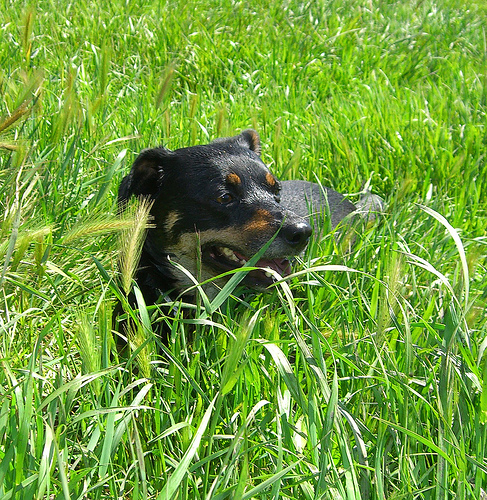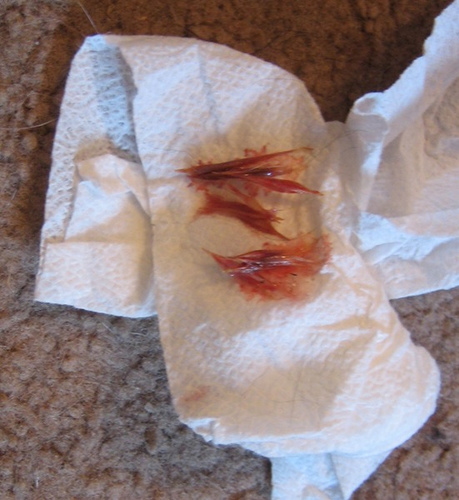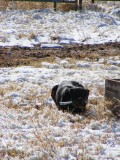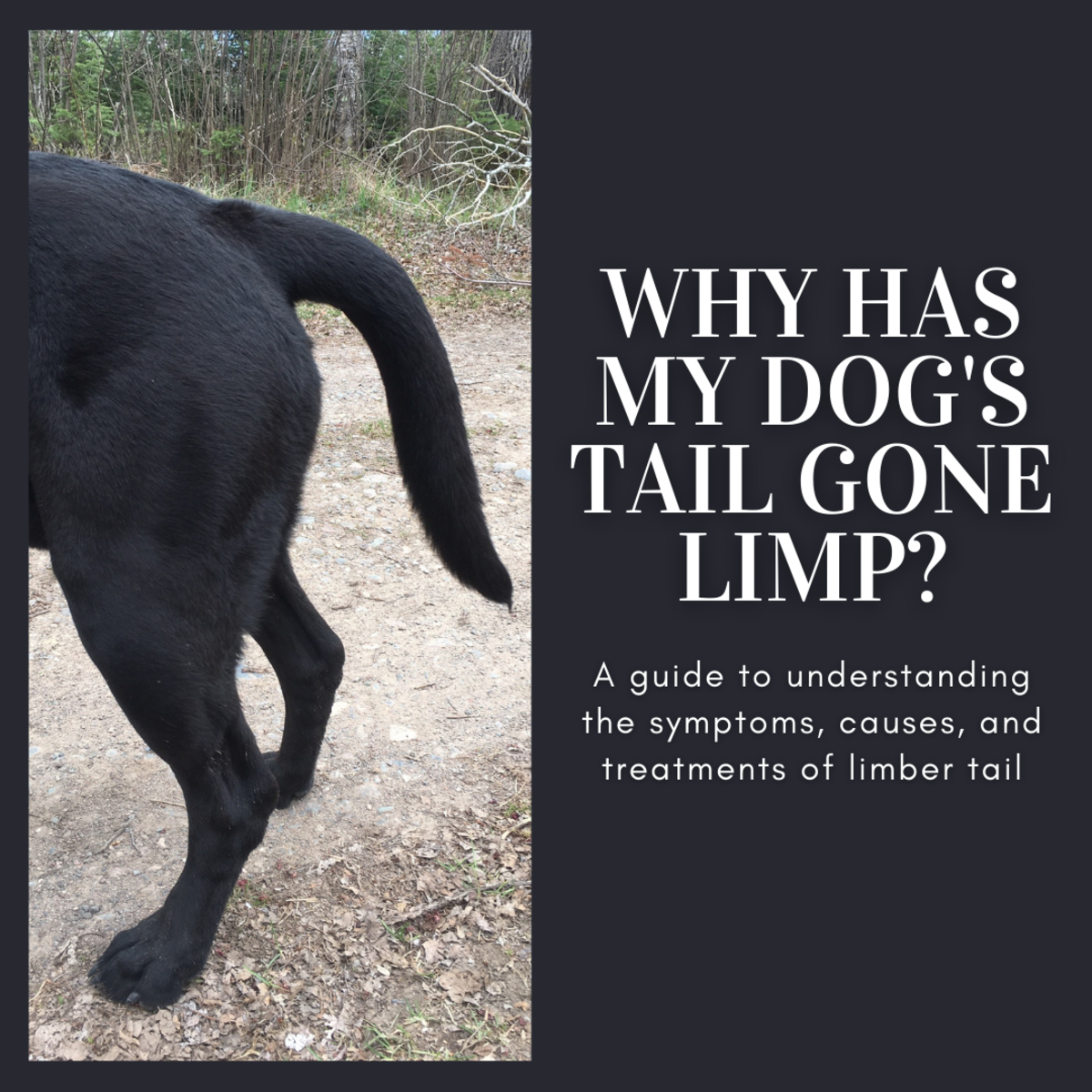Foxtails are Dangerous to Your Dog's Health
What are Foxtails?
You've probably seen plenty of foxtails out in nature, mostly growing in vacant logs, along roadsides, or in meadows, but you may not have know what they were called. Foxtails are simply a foxtail-like cluster of seeds on the stalks of certain types of grasses. The clusters have sharp points that are designed by nature to penetrate the soil once the cluster comes loose from the plant, which enables the seed to take hold in the ground and start to grow roots.
To ensure that the seeds will take root to the ground, the cluster contains barbs that make it hard for the cluster to come loose from the dirt once it starts to penetrate. The outside of the cluster also harbors a bacteria that contains and enzyme that is designed to break down cellular matter to help the seed bury into the ground past other plants.
You can find foxtails all around the country, but they are most common in the Western United States. The largest occurance of foxtails is in California.
Foxtails cause the most problems for dogs during the late spring and summer months, mostly in drier climates, as this is when they come loose from the plant and start looking for a place to bury.


Why are Foxtails Dangerous?
Although, foxtails are great for reseeding plants in nature's sense, but for dogs, it creates a whole other issue. When a dog comes into contact with a loose foxtail cluster, the cluster can attach to the dog's fur and begin to move inward as the dog moves. The barbs on the cluster will keep the foxtail from falling off or backing out of the fur, and the enzymes in the bacteria break down the dog's hair and tissues. The foxtail will work its way into the dog's body, just as it does the ground.
Dogs that come into contact with foxtails have a pretty good chance of having at least one of these seed clusters try to work its way into the dog's body, which can result in a very sick dog.The degree of illness will depend on the area where he foxtail tries to enter and how much damage was caused in the process.
Foxtails can enter the dog's nasal passage, eyes, ears, and mouth, and can work their way into the dog's lungs, along the backbone, and into many other locations throughout the dog's body.
A veterinarian will need to locate the foxtail and remove it. If the foxtail has embedded past the reach of tweezers or forceps, the dog will need to undergo surgery to remove the foxtail.
Keep Your Dog Away from Foxtails
Because there is a potentially for a very dangerous situation when a foxtail comes in contact with a dog, it is imperative the dog owners who live in areas where foxtails are prevalent use preventative measures to ensure that pets are kept free and clear of these foxtail clusters.
- Avoid walking your dog in fields or on roadsides where foxtails grow. You shouldn't have a problem walking your dog where the grass is green, as foxtails grow in dry areas.
- When camping or hiking, keep an eye out for foxtails, and try to keep the dog away from those areas as best as you can.
- Remove any weeds in your yard.
- Discourage your dog from chewing on grass.
- Examine your dog DAILY, especially after each trip outside.
If your dog does come into contact with a foxtail-infested area, you want to make sure that you carefully look him over for any foxtail seed clusters that may be lodged in his coat. Dogs with thicker coats have a greater risk of you missing a foxtail, so you want to look very closely, especially if your dog has an undercoat where the seeds can hide. Some owners will trim the coat of dogs who have thicker fur, so that foxtails are easier to spot.
Make sure to give your dog a thorough grooming after the dog has come into contact with foxtail-infested area. Make sure that you comb the entire coat with a fine-tooth comb, such as a flea comb. Examine between toes, under the armpits, stomach, and inside the ears.

Signs that Your Dog Has a Foxtail
In the nose: Sudden sneezing, pawing at his nose, and possible bleeding from the nostril. If a foxtail is able to work its way into the sinus cavity, the dog's symptoms will eventually disappear, which may lead you to believe that whatever was bothering him has gone away, but if the foxtail is in the sinus cavity, then the situation can become very dangerous, possibly leading to severe infection.
In an ear: Pawing at the ear, head tilt, shaking the head, crying, and possibly stiff gait when walking. You may not be able to see the foxtail, once it embeds deep within the ear.
In an eye: Squinting, tearing, and mucous discharge. The dog may paw at the eye, but you may not be able to see the foxtail if if has already lodged beneath the eyelid.
In the mouth: Gagging, retch, cough, eat grass, stretch his neck, and swallow repeatedly.
If you think that your dog has encountered a foxtail, you'll want to seek assistance of a vet immediately if you can't remove the foxtail yourself. It's very important that your act as quickly as possible because embedded foxtails can cause serious and sometimes fatal infections.
Disclaimer: Please be aware that the advice in this article should in no way replace that of a licensed veterinarian. The methods outlined above may or may not work for your pet. If you have any concerns, you should consult a veterinarian.








